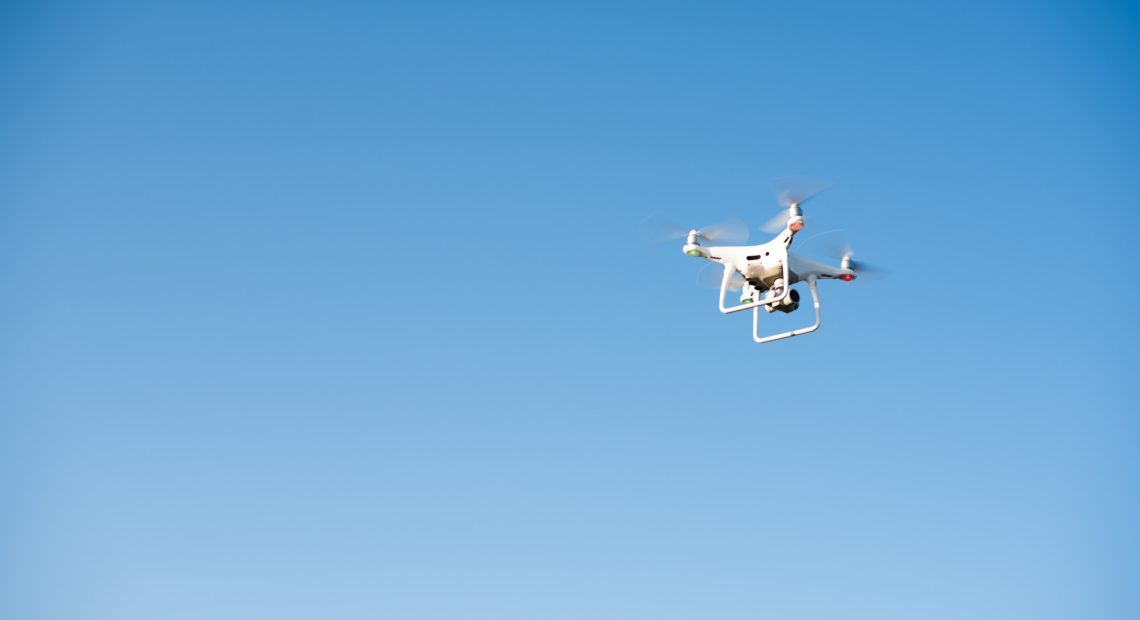
DRDO Develops Air-Launched Anti-Radiation Swarm Drones for Navy’s P-8I
The Defence Research and Development Organisation (DRDO) has embarked on an innovative project to enhance the Indian Navy’s precision strike capabilities by developing Air-Launched Anti-Radiation Combat Swarm Drones. These lightweight drones are designed for deployment from the Navy’s Boeing P-8I Poseidon maritime patrol aircraft, aiming to revolutionize naval warfare by targeting adversary ship systems with unprecedented accuracy.
Advanced Anti-Radiation Swarm Technology
The Air-Launched Anti-Radiation (AR) Combat Swarm Drones are engineered to suppress and destroy enemy radar and electronic systems aboard naval vessels—a capability known as Suppression of Enemy Air Defences (SEAD). Unlike traditional anti-radiation missiles (ARMs) like the AGM-88 HARM, these drones operate as a coordinated swarm, leveraging artificial intelligence (AI) to execute precise terminal-phase strikes. Weighing just 8.5 kg each, they are compact enough to be deployed in large numbers from the P-8I’s internal weapons bay, offering a scalable and cost-effective alternative to heavier munitions.
Extended Operational Range and Precision
With a range of 130-150 kilometers and a communication range of 220 kilometers, these drones can strike targets beyond the horizon while maintaining real-time data links with the launch platform or naval command. Their AI-driven terminal trajectory ensures precision strikes, allowing them to home in on emitting radar sources—such as fire control radars, search radars, or communication arrays—on enemy ships, thereby crippling their situational awareness and defensive capabilities.
Integration with P-8I Poseidon Fleet
The Indian Navy operates a fleet of 12 P-8I Poseidon aircraft, acquired from Boeing between 2013 and 2022, with an additional six under consideration as of 2025. These long-range maritime reconnaissance and anti-submarine warfare (ASW) platforms are equipped with sophisticated weapons suites, including Harpoon missiles, torpedoes, and depth charges, carried in a bomb bay and underwing hardpoints. The integration of the AR swarm drones into the P-8I’s bomb bay—capable of holding up to 5,900 kg of ordnance—expands its mission profile from ASW and surveillance to precision offensive strikes against surface combatants.
Prototype Development and Testing
DRDO has already developed a UAV prototype for this purpose, and trials have commenced to validate its launch from the P-8I. The lightweight design allows multiple drones to be carried in a single sortie, potentially deploying a swarm of 10-20 units depending on mission requirements and bay configuration. Early tests are focusing on ensuring aerodynamic stability post-launch, compatibility with the aircraft’s weapons release system, and seamless communication between the swarm and the P-8I’s onboard mission systems.
Strategic Impact on Naval Warfare
The deployment of these anti-radiation swarm drones is poised to significantly enhance the Indian Navy’s operational capabilities. By targeting critical onboard assets—such as radars, missile guidance systems, and communication nodes—these drones can render enemy ships vulnerable to follow-up strikes by larger weapons like the BrahMos missile, also deployed by the Indian Navy. This development aligns with global trends in autonomous warfare and underscores India’s commitment to leveraging cutting-edge technology to bolster its defense capabilities.
In summary, DRDO’s development of Air-Launched Anti-Radiation Combat Swarm Drones represents a significant advancement in naval warfare technology, offering the Indian Navy a strategic edge in suppressing enemy defenses and enhancing precision strike capabilities.

















